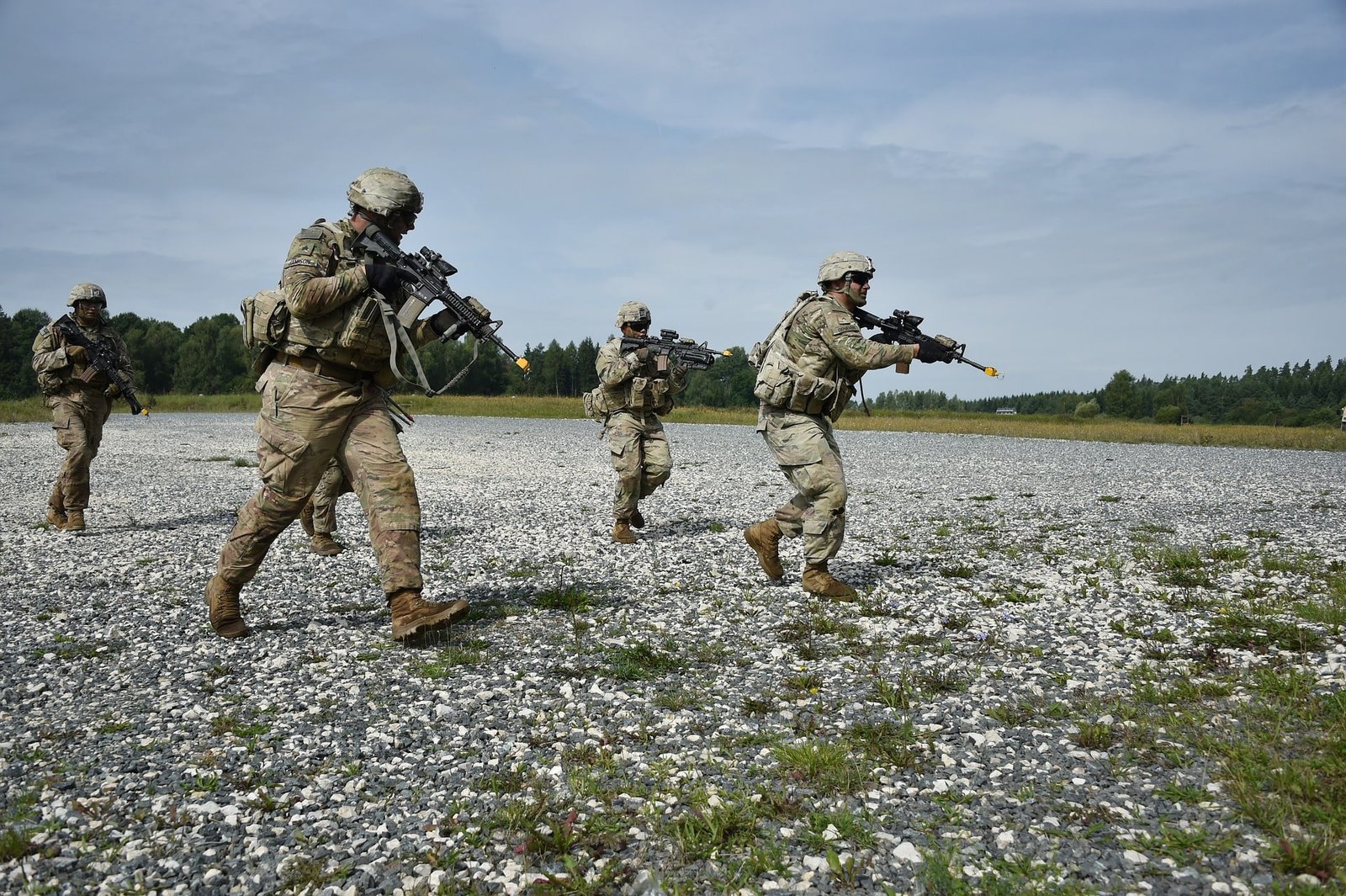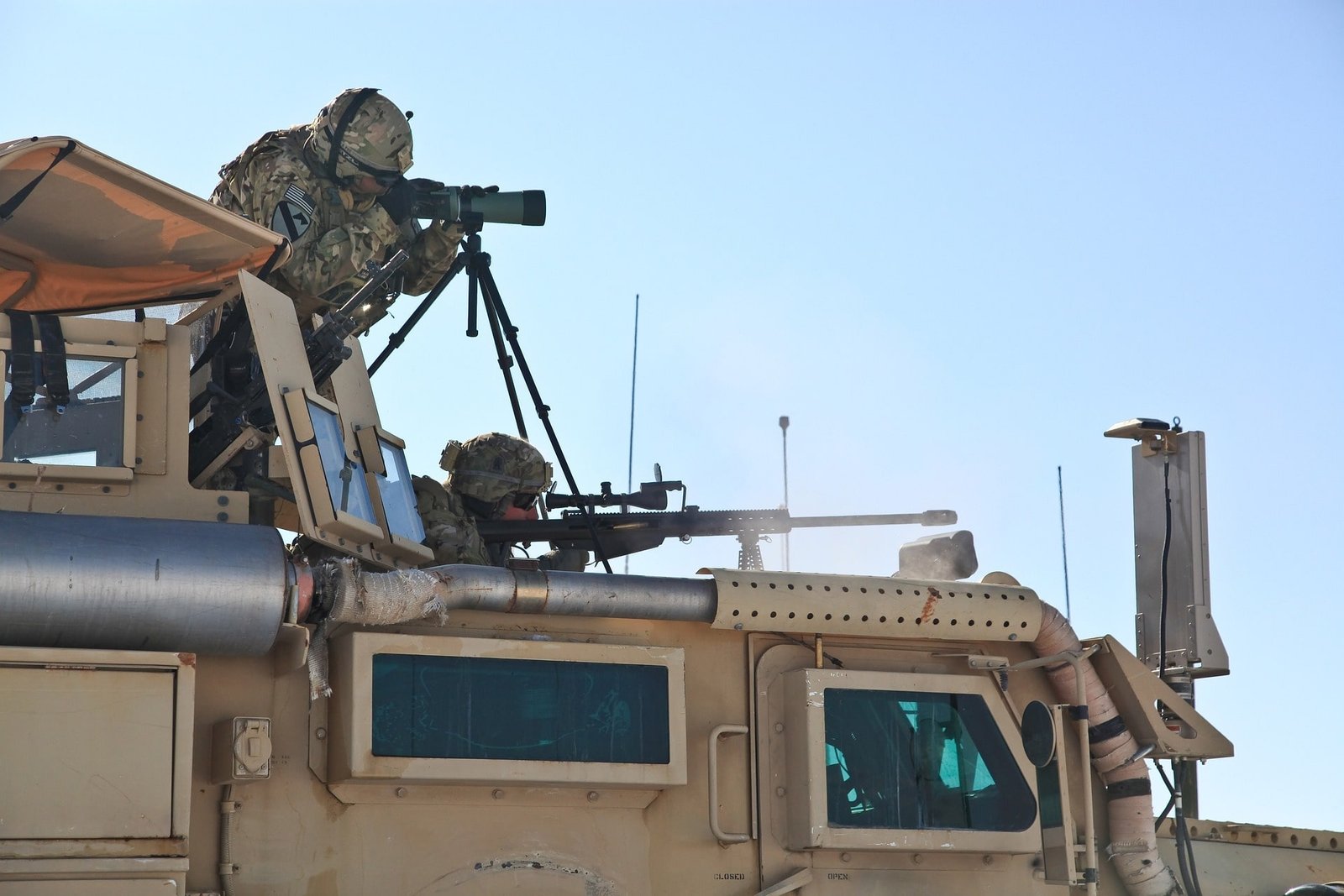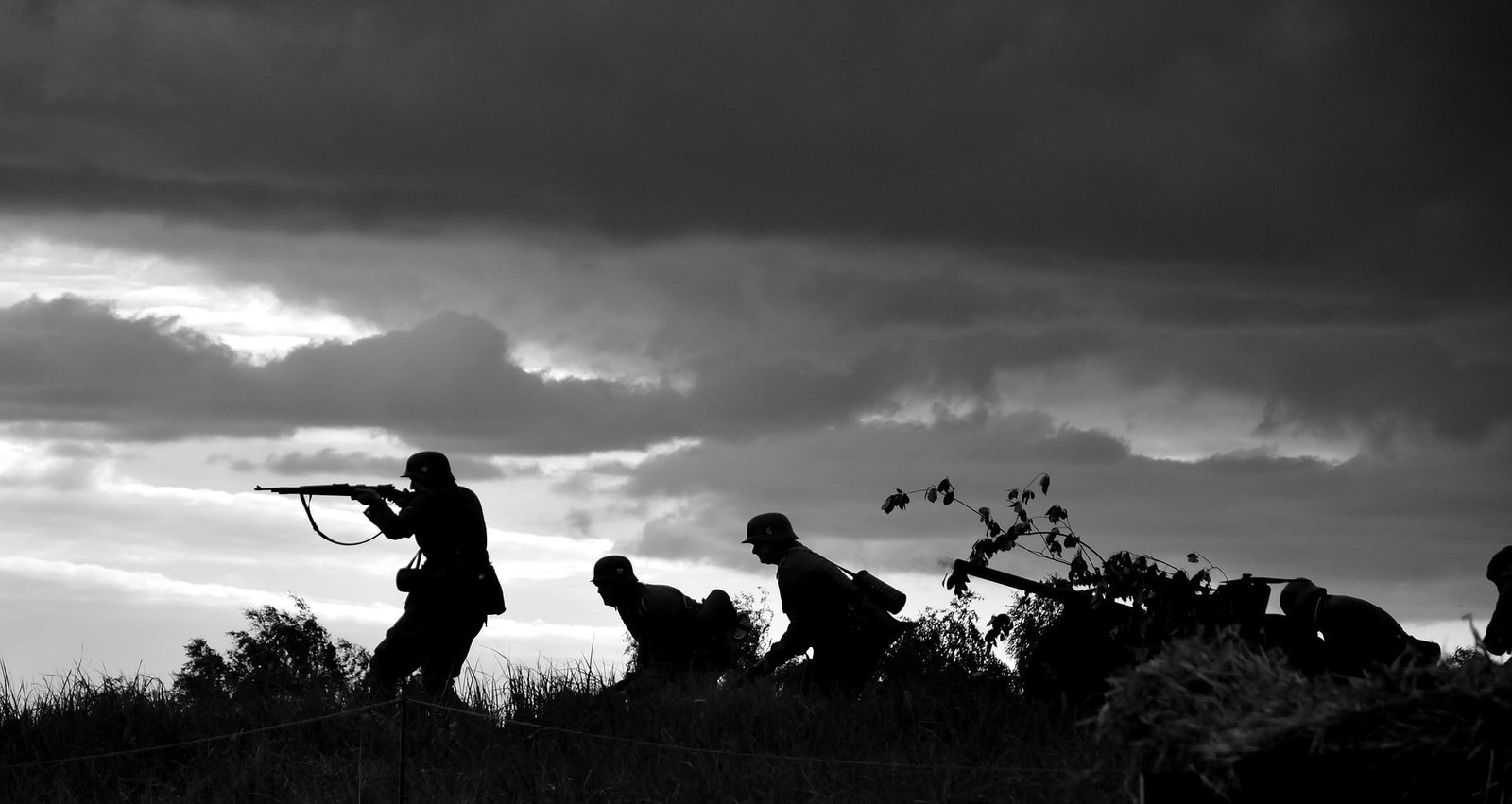
Challenges in Implementing CTAC Military System
Explore the challenges in implementing the CTAC Military system, including technical, cybersecurity, and cost issues. Find out how to overcome these obstacles.

Understanding the CTAC Military System
The Command, Tactical, and Control (CTAC) Military System equips military operations with real-time data exchange and advanced communication networks. This system allows military leaders to make informed and timely decisions for better command efficiency and operational effectiveness. CTAC strengthens decision-making processes on the battlefield by providing a secure framework for communication and tactical coordination. Like any sophisticated system, CTAC presents several challenges. This blog aims to help you address the most common challenges to ensure a successful implementation in military operations.
Key Challenges in Implementing CTAC Military System
First, let’s look at the common hardships you can expect from implementing CTAC military systems.
Technical Integration Issues
A significant hurdle in implementing the CTAC system is the technical integration with legacy military infrastructure. Many military units still operate on older communication protocols that are not easily compatible with modern technologies.
This gap in compatibility can cause data transmission delays or losses, which could compromise mission-critical decisions. Retrofitting older systems to work seamlessly with CTAC requires time and resources.
Cybersecurity Concerns
Cybersecurity is a key concern for the CTAC system, as it deals with highly sensitive data in real-time. The more integrated and connected the system, the higher the risk of cyberattacks.
While technologies like Li-Fi in command centers, which transmit data via light waves instead of radio frequencies, offer enhanced security, they are still vulnerable to sophisticated attacks. Any breach of CTAC could expose vital military information, potentially jeopardizing national security.
Cost of Implementation
Implementing the CTAC military system comes with a hefty price tag. The initial setup costs include purchasing advanced hardware and upgrading infrastructure for compatibility. Additionally, the system requires continuous maintenance, software updates, and training programs.
All of this adds to the overall cost of the system. Moreover, many military organizations don't have the available funds to deploy the CTAC system in full scale without compromising other vital operations.
Scalability and Flexibility
The dynamic nature of military operations demands the CTAC system to be both scalable and flexible. It must adapt to diverse environments, from urban warfare to remote combat zones, without losing efficiency.
Scalability, however, poses a challenge, as adapting the system to new environments often requires significant hardware and software modifications. This leads to increased costs and potential operational delays. The system’s adaptability across various terrains and mission types is crucial for its long-term viability.
Training and Human Resources
Introducing the CTAC system into military operations requires extensive personnel training. The advanced nature of the system means that military staff must be trained to operate it efficiently. For personnel accustomed to older systems, the transition to CTAC can involve a steep learning curve.

Extensive training programs are necessary for all operators to become familiar with the system’s technical nuances. This requires additional human resources and time, which could slow down the system’s full deployment.
Overcoming the Challenges in the CTAC US Military System
While these challenges seem daunting, they can be overcome with careful planning and strategic implementation.
Technical Integration:
Implementing standardized communication protocols is essential to bridge the gap between legacy systems and CTAC. This integration facilitates smoother transitions, improves system compatibility, and helps prevent issues like data loss or communication breakdowns during critical operations.
Cybersecurity:
Integrating Li-Fi technology alongside advanced encryption is a crucial step. Regular security audits, system updates, and cyber drills further improve the system’s resilience against cyber threats to sensitive military data.
Cost Management:
A phased rollout of the CTAC US military system is a practical solution to manage high implementation costs. Focusing first on critical operations allows military organizations to spread the costs over time, reduces financial strain, and allows for smoother system integration.
Scalability:
Designing the CTAC system with a modular architecture helps it adapt to various environments. This flexibility eliminates the need for large-scale overhauls and allows customization based on mission-specific requirements.
Training:
Ongoing, robust training programs are crucial to preparing personnel for the complexities of the CTAC US military system. Interactive modules and scenario-based learning provide the users with skills to handle the system effectively in real-world situations.
Conclusion
The CTAC Military System improves communication, decision-making, and tactical coordination for modern military engagements. With the right approach, challenges that come with CTAC military systems can be effectively addressed. Li-Fi technology, in particular, plays a critical role in improving CTAC's security and speed. It utilizes light waves for data transmission and reduces the risk of interference and cyber threats. Oledcomm, a leader in LiFi technology, provides secure and high-speed communication for militaries with its innovative defense solution, SOLERIS.
Get on a call with our team now to learn how Li-Fi can help you improve your defense operations.
The CTAC Military System (Command, Tactical, and Control) enhances communication, decision-making, and tactical coordination in military operations by integrating real-time data and advanced technologies.
Key challenges include technical integration with legacy systems, cybersecurity vulnerabilities, high costs, scalability issues, and extensive training requirements.
Costs vary depending on the scale, phased deployment, and infrastructure upgrades, but they are generally high due to advanced technology integration.
Recent articles

Categories
See some more...



